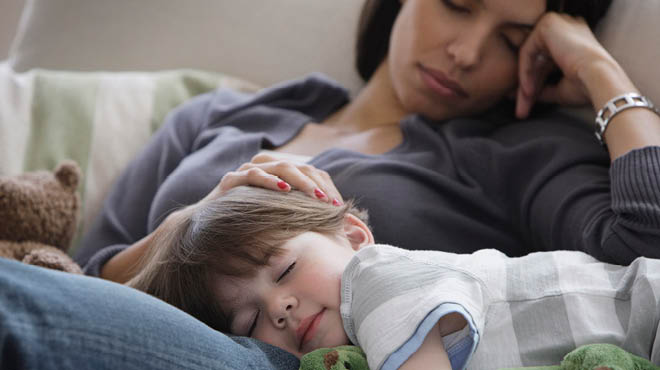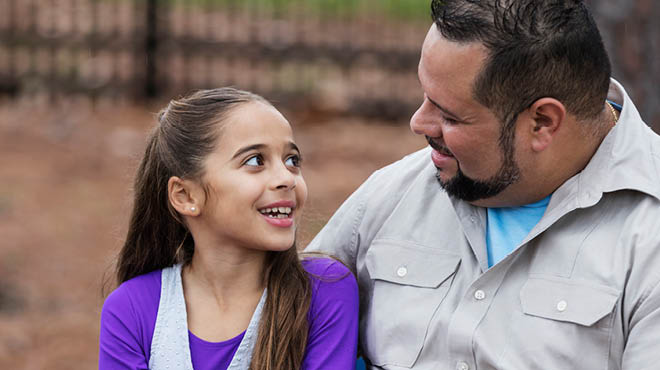Recent Posts
Stomachache in children: How to know if it's serious

Most children experience abdominal pain from time to time. They may use terms like tummy ache, bellyache or stomachache to describe it.
As a parent, it can be hard to decide if your child's abdominal pain is normal or the sign of something more serious. Indigestion or gastroenteritis? Anxious about something? Did they swallow a toy? Appendicitis? It can be difficult to know what to do.
Of the many potential causes of abdominal pain in children, the most common include:
Indigestion
This is a general term that describes discomfort in children's upper abdomen. Common symptoms include pain or burning in the area between the breastbone and navel or bloating in the upper abdomen. Most of the time, indigestion will go away on its own and is not considered serious. Prepare smaller meals and try a bland diet. Talk with their health care provider if the discomfort persists.
Viral gastroenteritis (stomach flu)
This is an infection marked by watery diarrhea, abdominal cramps and pain, and nausea or vomiting. Seek medical attention if your child has a fever of 100.4 F or higher, bloody diarrhea, or has significant pain or discomfort. Most important is to stay well-hydrated.
Constipation
Constipated children have infrequent bowel movements or hard, dry stools. They may frequently complain of a stomachache, bloating or discomfort. Talk with their primary care provider if they don't want to eat, are losing weight, have bloody stools or are having repeated episodes of constipation.
Stress or anxiety
When children are stressed or anxious, their bodies release the hormone cortisol into the blood. This can trigger abdominal cramps and discomfort.
Appendicitis
Appendicitis is an inflammation of the appendix. It causes sudden pain that begins around the navel and then moves to the lower right abdomen. The pain worsens if children cough, walk or make other jarring movements. Appendicitis pain typically increases and eventually becomes severe. Appendicitis is a medical emergency, and these children should receive immediate medical attention.
Intestinal obstruction
An intestinal obstruction is a blockage that prevents food or liquid from passing through children's small intestine or colon. It could be caused by scar tissue, a twisting or narrowing of the intestine, or if they swallow an object. Common symptoms include abdominal pain that comes and goes, and is located around or below the navel; constipation; inability to pass gas; swelling of the abdomen; or vomiting. See immediate medical attention if children are suspected to have an intestinal obstruction.
With any abdominal pain, seek urgent medical attention if children have:
- Pain so severe that they can't move without causing more pain
- Difficulty sitting sit or finding a comfortable position
- Fever
- Bloody stools
- Persistent nausea and vomiting
- Skin that appears yellow
- Severe tenderness when the abdomen is touched
- Swelling of the abdomen
Make an appointment with your child's health care provider if their abdominal pain worries you or lasts more than a few days. In the meantime, find ways to ease the pain. For instance, prepare smaller meals if pain is accompanied by indigestion or encourage your child to drink plenty of water if pain is due to constipation.
Timothy Slama, D.O., is a physician in Family Medicine in Fairmont, Minnesota.






